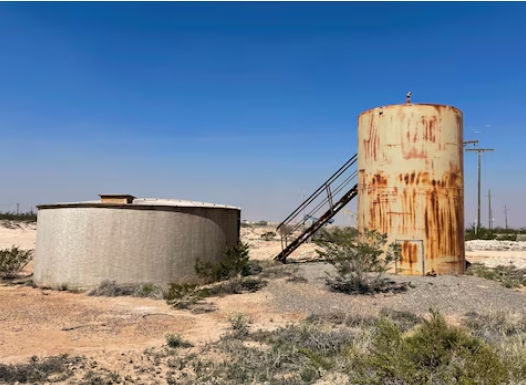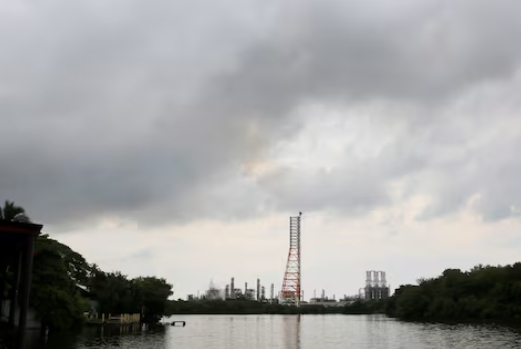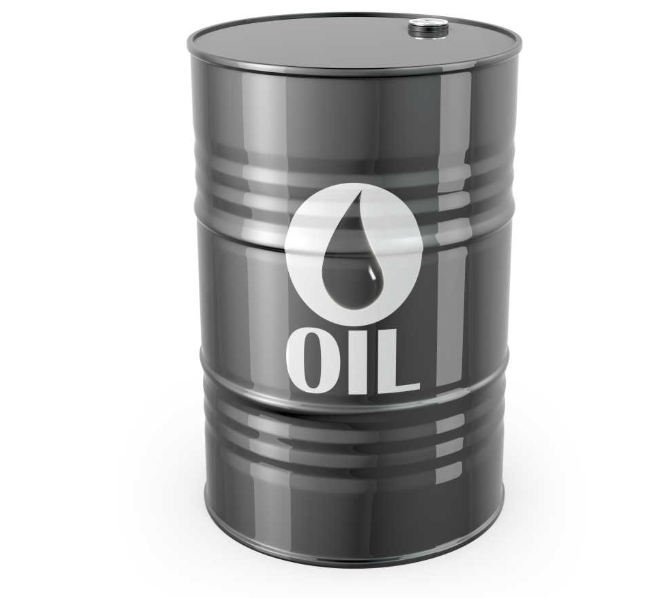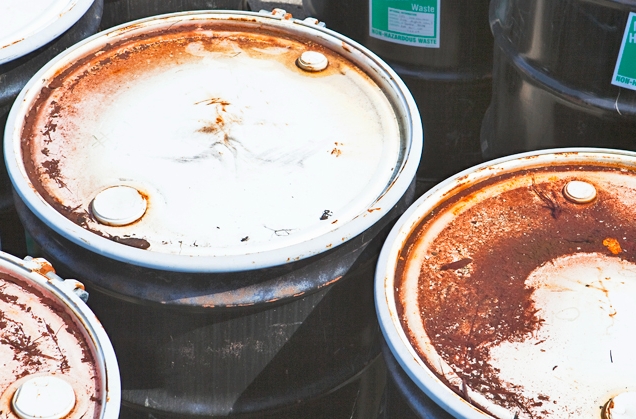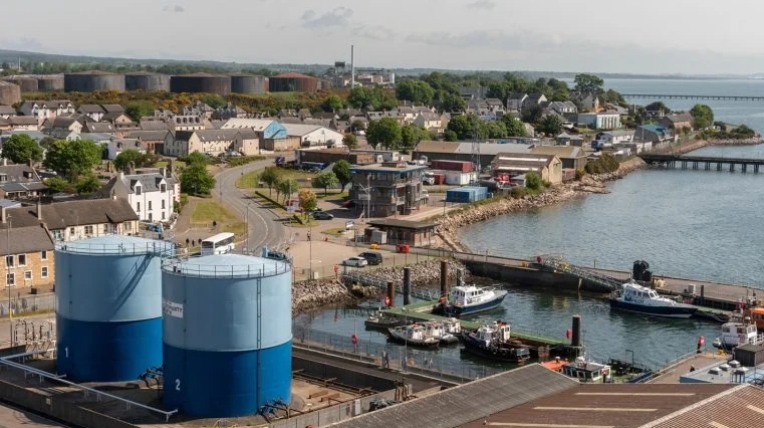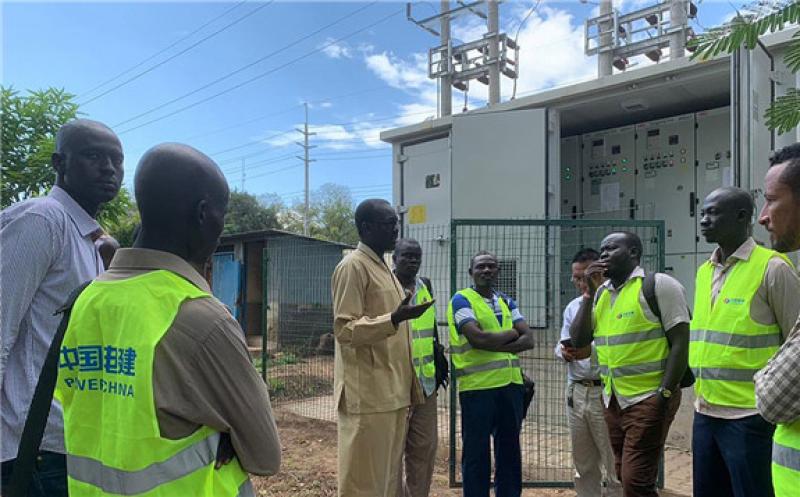 Jacob M. Deng, in a khaki suit, talks with utility workers during the commissioning of a substation in Juba, South Sudan.
Jacob M. Deng, in a khaki suit, talks with utility workers during the commissioning of a substation in Juba, South Sudan.
As South Sudan emerges from the wreckage of civil war, its leaders are beginning to build the nation’s electric sector from the ground up. With only a handful of oil-fired power plants and crumbling poles and wires in place, the country is striving for a system that runs primarily on renewable energy and reaches more homes and businesses.
Today, only about 1 percent of South Sudan’s 12.5 million people can access the electric grid, according to the state-run utility. Many people use rooftop solar arrays or noisy, polluting diesel generators to keep the lights on; still many more are left in the dark. Those who can access the grid must pay some of the highest electricity rates in the world for a spotty and unreliable service.
Recently, development banks and foreign companies have started backing projects to revitalize infrastructure and boost power generation amid a relatively tranquil time for the eight-year-old country. Most of the new investment has focused in and around Juba—the nation’s capital and largest city, with some 403,000 residents.
“There’s a lot of wealth that is coming with the peace now,” said Jacob M. Deng, director of planning and projects for South Sudan Electricity Corporation, the nation’s sole electric utility.
Deng joined the utility in 2010, a year before South Sudan officially split from Sudan. In 2013, the nascent African nation plunged into a brutal conflict that displaced millions of people and left nearly 400,000 people dead. During this time, Deng and his colleagues struggled to maintain the electric system as funding for conductors, insulators, fuses, and engine oil all but disappeared. Fuel suppliers hoarded petroleum, forcing the state-owned power plants to shut down indefinitely, including Juba’s 17-megawatt diesel power station.
Meanwhile, ants chomped away at the aging wooden power poles in urban areas. Plans to expand the nation’s generating capacity were swiftly shelved. South Sudan had negotiated an agreement with the Norwegian government to build a 43-megawatt hydroelectric dam, but once the war broke out, Norway redirected its funding toward humanitarian aid.
“Our plan is to cover everybody in the whole city with the [grid] power,” Deng said. “I hope that Juba will be liberated from this darkness.”
For now, however, most of Juba’s residents are still using their own power supplies to run refrigerators or charge computers. The utility dismantled the old grid, and the upgraded system is proceeding slowly in phases. Deng said his own home likely won’t be connected for several more months. The senior engineer instead uses a 360-kilowatt rooftop solar array, which he bought years ago after the city’s unreliable electricity kept breaking electronics in his house.
The utility is working to establish or extend interconnections with Sudan, Uganda, and Ethiopia to reach into South Sudan’s interior. At the same time, the young country is adding its own generation.
Late last year, Ezra Group opened a 33-megawatt oil-fired power plant, which will use scrubbers to reduce air pollution. The Eritrean firm says it plans to build 100 total megawatts of fossil fuel capacity in South Sudan by 2021, at a cost of nearly $290 million. Government officials said they plan to repay the investment over 17 years by charging higher electricity rates, though they admitted the strategy faces obstacles. More than half of South Sudan’s population lives in poverty, and the country’s average tariff of 42 cents per kilowatt-hour is already prohibitively expensive for many households.
To Deng, diesel-fired generation is not a long-term solution for South Sudan, given the volatile fuel market and diesel’s significant contributions to air pollution and greenhouse gas emissions. He said the utility is particularly interested in developing hydroelectric projects to provide the nation’s baseload power, while adding solar farms and other renewable projects to supplement demand.
South Sudan’s installed power capacity is about 130 megawatts, a large chunk of which is used to supply electricity to the country’s abundant oil fields. However, the country’s power demand is about 300 megawatts, an amount that’s likely to grow during peacetime, Deng said.
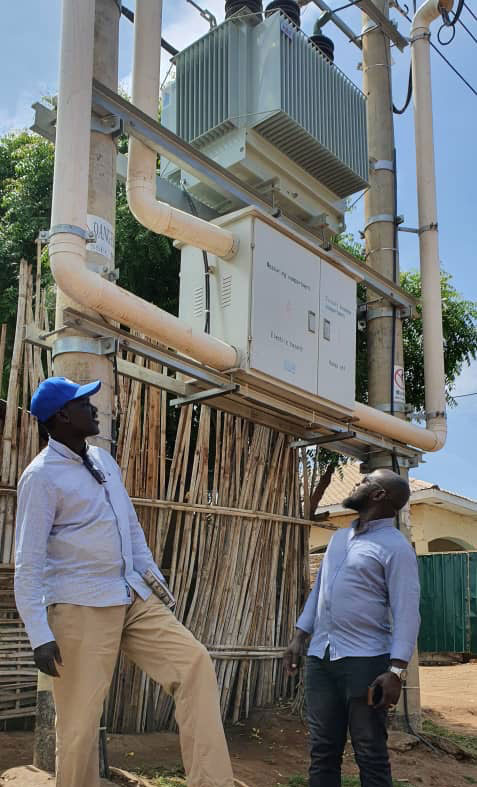 Deng, left, inspects electrical equipment with a colleague in Juba, South Sudan.
Deng, left, inspects electrical equipment with a colleague in Juba, South Sudan.
“We are actually thirsty [for generation],” he said. “We need all these sources of energy in our sector.”
South Sudan’s utility recently completed technical evaluations for a 20-megawatt solar farm and 35 megawatt-hour battery storage system planned outside of Juba. The African Export-Import Bank is financing the $45 million project, which could come online as soon as late 2020, according to El Sewedy Electric, the project’s Egyptian builder.
The utility is looking for investors to build a 120-megawatt hydropower project near Juba, which could cost $490 million to construct over five years. South Sudan’s government says it also plans to invest in the 1,080-megawatt Grand Fula project proposed near the Ugandan border, though how and when it would do so is unclear.
Some outside experts have expressed concerns that—along with causing potential environmental damage and displacing residents—large hydro projects would be particularly vulnerable to disruption or destruction if violence returns to South Sudan.
The government could instead partner with private investors to “lay decentralized grid networks” and provide incentives for “a mix of solar, small hydro and thermal power” that’s generated by independent producers, households, and institutions, the Sudd Institute, an independent research organization, wrote in a 2018 report. That way, should the country’s fragile peace unfurl, people would still have access to electricity to meet their basic needs.
